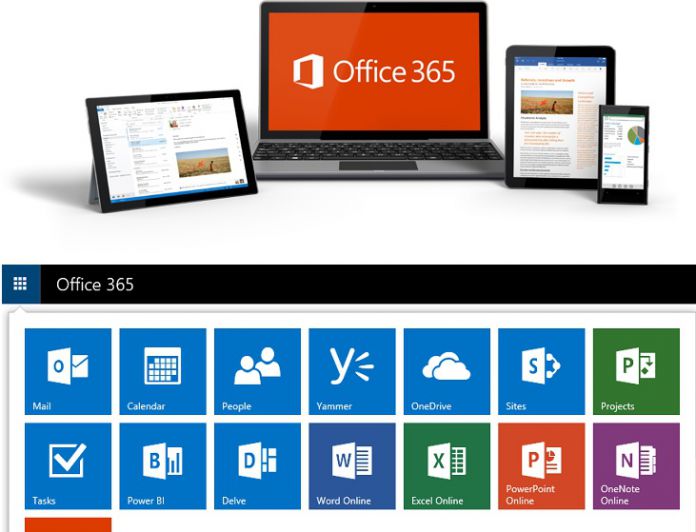However, with Microsoft heavily promoting the Office 365 cloud productivity service, this business-model is coming to an end. Now, the company has changed the way owners of an Office productivity suite can access Microsoft’s cloud services, limiting their access to five years. The Redmond giant is changing things up in how Office perpetual can connect to Microsoft’s cloud services. Office perpetual describes the licensed purchase of the productivity suite. It is the usual one-time cost that applies to a specific version of Office, which right now is Office 2016. As the company has just announced it is limiting the time during which a version of Office purchased with a perpetual license can connect to the Microsoft cloud. That means that Office 2016, when purchased under a perpetual license, will no longer be able to access the cloud services of Microsoft after October 13, 2020.
What’s next?
In case you own a perpetual license but wish to continue accessing Microsoft’s cloud offering after October 13, 2020, then you will have to purchase an Office 365 subscription. Actually, according to ZDNet the only version of Office that will be fully functional after that date will be Office 365 ProPlus, along with the other Office 365 subscriptions. It is clear that Microsoft is trying to push customers into buying an Office 365 subscriptions. In that way, everyone will be able to access the company’s cloud productivity services as long as they maintain an active subscription. For example, the Office 365 Home subscription costs $99/ year and allows you to always install the latest version of Office.



